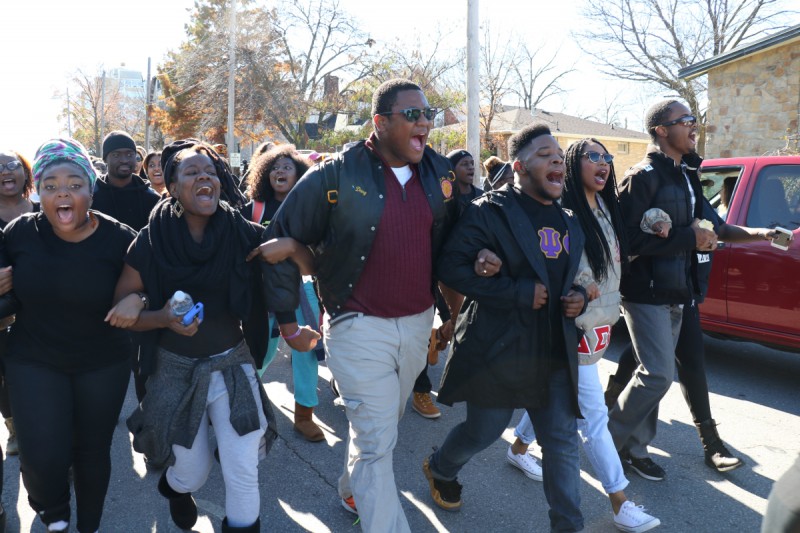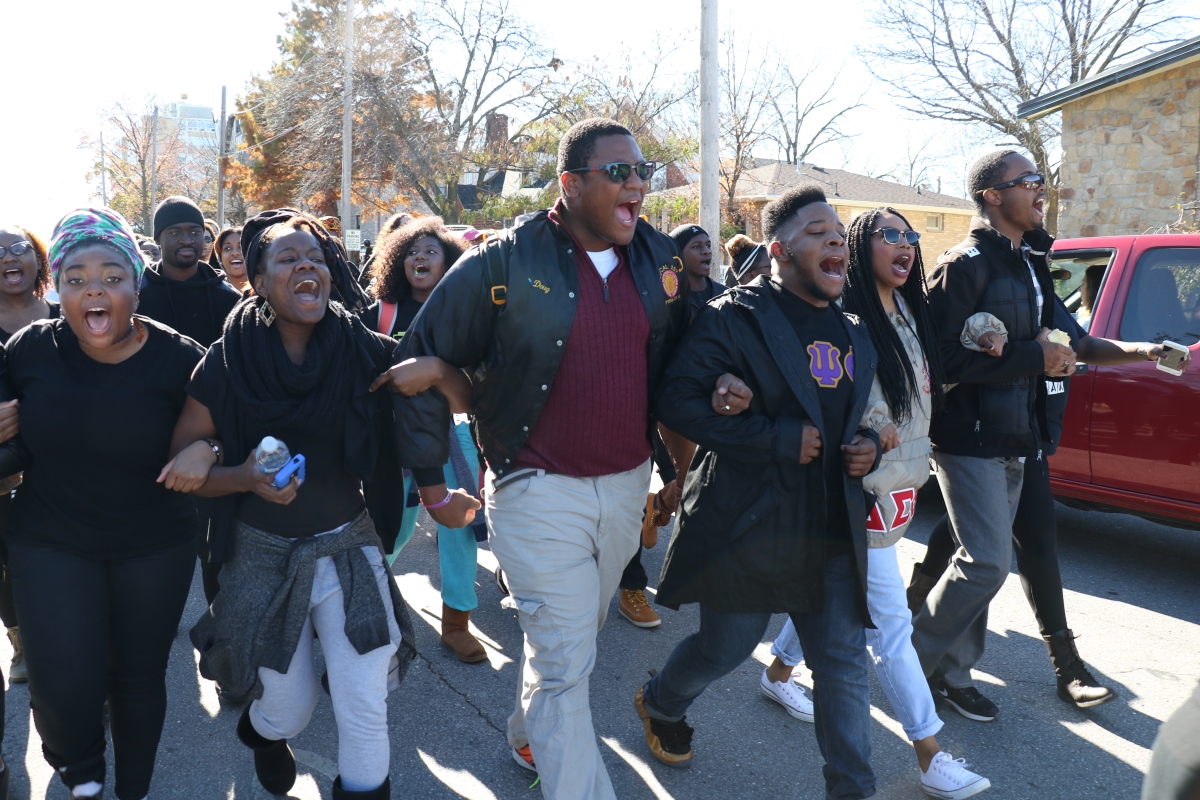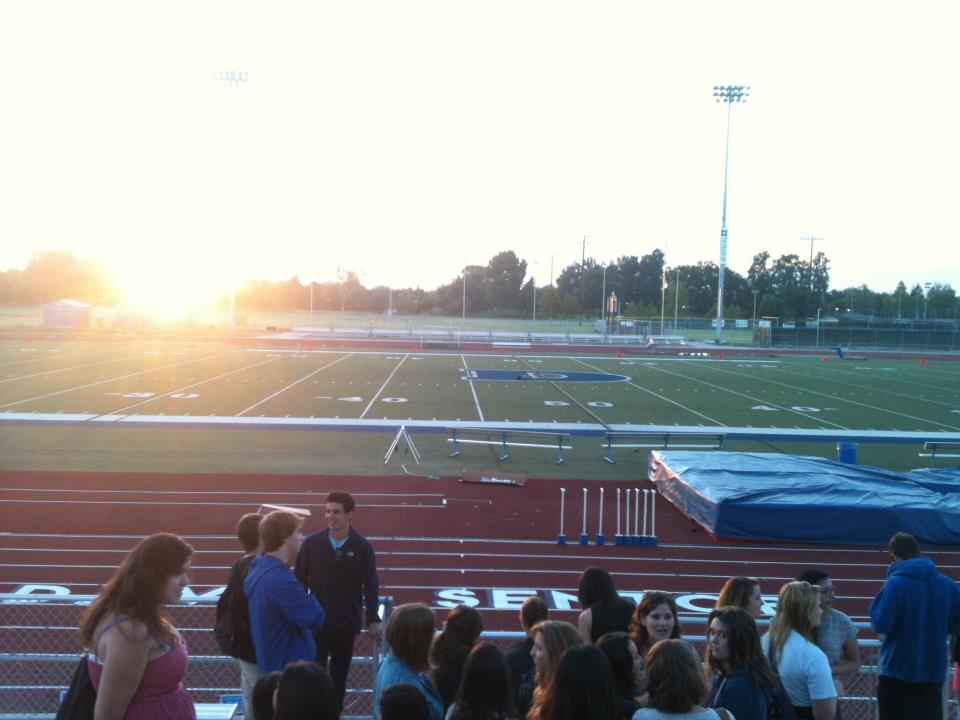Protests, hunger strike and more: the inside scoop on Missouri

By Claire Alongi,
Bluedevilhub.com Staff–
By now, the story of the events that have unfolded on the University of Missouri campus has exploded across newspapers and social media accounts nationwide. And like most explosions, it can be difficult to pick apart the scattered pieces and put together a cohesive story that makes sense from beginning to end.
In fact, the Missouri protests have been gathering steam for months over various issues of race and equal rights. The protesters, now led by a group called Concerned Student 1950, finally gained national attention this past week when their efforts led to the resignation of the University of Missouri President Tim Wolfe, and university chancellor R. Bowen Loftin (Loftin will still remain at the university in a role conducting research).
The Mizzou campus, located in Columbia, Mo., first began to simmer in mid-August when the university revoked health care for graduate students, according to university newspaper The Maneater. The grad students issued demands to the administration, and organized a walkout followed by a rally.
Then, in late September, the first “Racism Lives Here” rally was held. The movement gained momentum, and by October, 11 core members had formed Concerned Student 1950, named for the year the first African American student was admitted to the University of Missouri.
The Missouri football team demonstrated solidarity with Concerned Student 1950 and other protesters when black athletes on the team announced that they would not participate in any activities related to football until Wolfe resigned. Head coach Gary Pinkel supported their decision. After Wolfe’s resignation, the team returned to the field and beat Brigham Young University in the most recent game.
Davis High alumnus Thomas Oide–last year’s print Editor-in-Chief of The HUB–is now a Missouri freshman, and has been reporting on various aspects of the social justice movement from the very beginning for The Maneater.
“When I look back on it, I was one of the first people to write a story when [graduated student] Jonathan Butler announced his hunger strike. I wrote a quick like 400 word blog post […] I was one of the first people to write about the camp-outs. And you know when you’re here experiencing it, it’s kind of weird like, you don’t realize [how big it’s going to be],” Oide said. “I just thought of it as another day at the office.”
One of the factors that has helped the Mizzou movement spread is the use of social media.
“If you look at [hashtags], that’s how all this really blew up, because that’s how they got their message out to all the people on campus who have actually starting joining the movement,” Oide said.
Hashtags like #MizzouHungerStrike climbed the Twitter trending chart after Butler announced that he would go on a hunger strike until President Wolfe resigned.
But as much as social media has helped the cause, it has also hindered it. People who disapprove of Concerned Student 1950 and others behind the movement have also taken to the web to voice their opinions. Social media was responsible for spreading hysteria after a false Ku Klux Klan sighting was posted on Facebook by Missouri Student Body President Payton Head, who has since apologized for the misinformation.
The popular app YikYak also became a source of panic when someone posted this comment: “I’m going to stand my ground tomorrow and shoot every black person I see.”
The YikYak post eventually resulted in the arrest of 19-year-old Hunter Park, who was not even in Columbia at the time of his post.
“Everyone thought it was the football team and the poop swastika [that was drawn in one of the bathrooms of a resident hall] but it was so much more than that, you know?” Oide said of the conflict. “The grad students here had their healthcare rights taken away in August and that’s when Jonathan Butler first started protesting. It’s a lot of different things over the span of two months and really experiences ever since 1950.”
“I can assure a lot of people that this fight certainly isn’t over,” he added. “And they’re going to continue fighting for equality, but they do realize that’s going to take time.”




